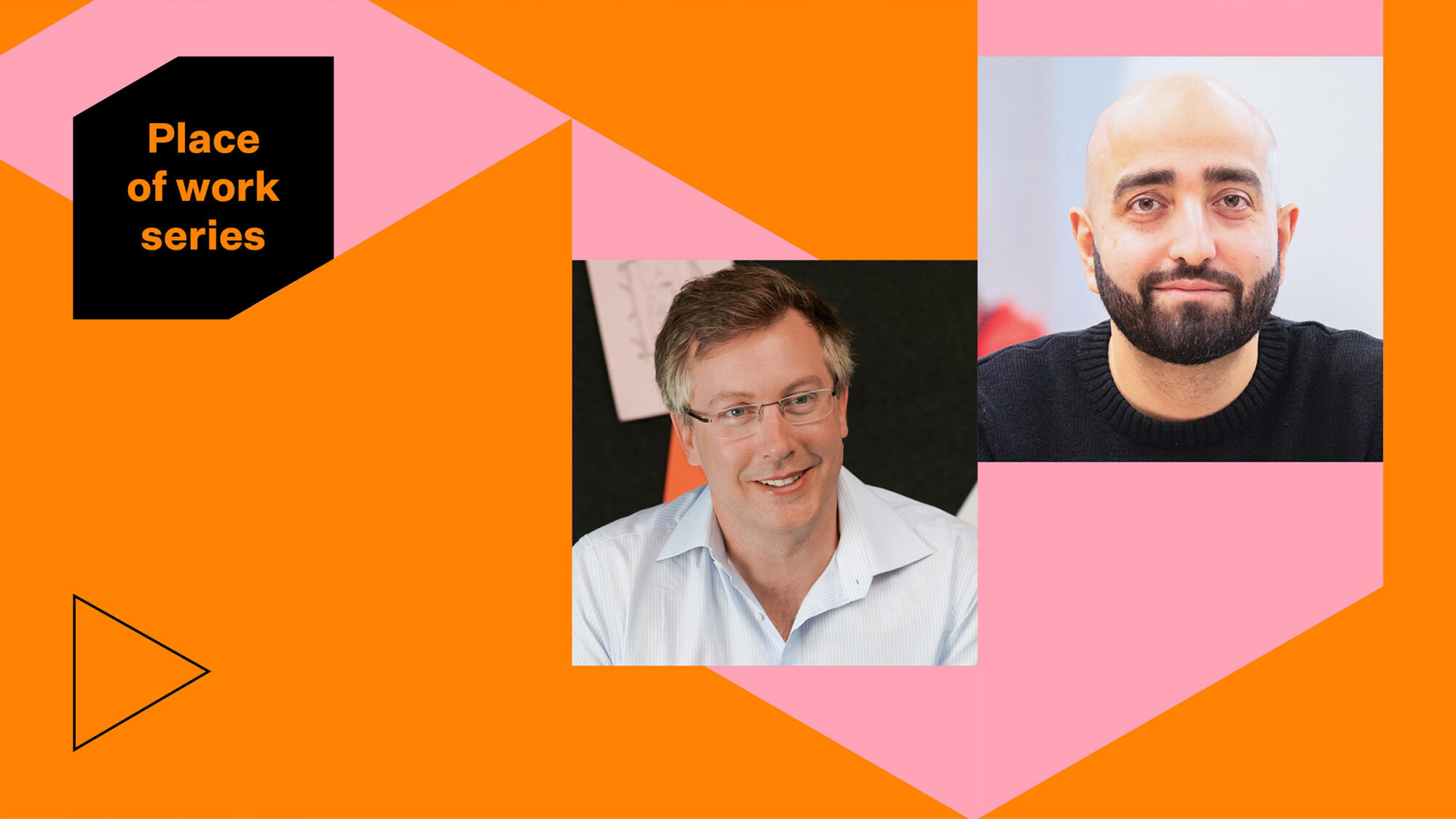










As people around the world return to the workplace, their health and safety is a top priority. The role of proper ventilation in preventing the spread of infectious diseases has become increasingly clear during the last two years. As a result, indoor environmental quality deserves a renewed focus.
Understandably, working people are wondering if the offices they’re being called back to are safe.
To their credit, many organisations recognise the importance of creating safe, healthy indoor environments. But the problem is twofold. Companies have plenty of information about their options. However, they don’t have a framework for comparing solutions and choosing a path forward that meets their business goals.
If companies want to reassure people that the office is safe, they need an approach to comprehensively design healthier working environments for their teams.
In this episode of the Place of Work podcast, Nabil Sabet speaks to Julian Rimmer, Director, Advanced Building Systems and Technology. They discuss how to help employees feel safe when returning to work in an office.
Organisations must view improvements in indoor environmental quality across multiple dimensions. Mechanical is the most obvious solution, and equally, increasing ventilation. But programmatic measures, such as occupational density, also play a role. Lastly, operational measures, like control strategies for moving air through a building, are also essential to consider.
In many cases, companies have multiple teams advising them (e.g., engineering, facilities, designers). While all of these opinions are important, organisations may become paralysed because they lack a method of evaluating effectiveness and taking next steps.
That’s why at M Moser, we’ve developed an algorithm to help clients improve indoor environmental quality while optimising for cost and efficiency.
Our algorithm combines principles of the Wells-Riley model with aggregated research. This relates air changes to the probability of someone becoming infected with a disease like COVID-19. Using a set of custom parameters for a given project, we can model the safety or protection that a built environment offers and evaluate the potential efficacy and risks of each proposed initiative. In essence, our algorithm gives clients an objective scorecard to use when deciding what to do next.
Of course, conducting this type of assessment, and even making bold improvements to workplace health and safety, aren’t enough on their own. If providing a safe environment is one half of the equation, the other half is helping workers overcome the feeling that returning to work is unsafe.
Companies must build their employees’ confidence levels, and they can do that by demonstrating that they take health and safety seriously. Here are two factors to consider that can help inspire the necessary confidence:
The COVID-19 pandemic may be reaching its end, but experts predict that the next big global health challenge will be here all too soon. Organisations must prepare for this inevitability by implementing solutions to manage the ebb and flow of ongoing health concerns. The right systems and technologies will be flexible and scalable to respond to fluctuating needs.
The new normal is here and old approaches to workplace health and safety are no longer tenable. Contact us today to start the conversation about a better path forward.
Global Director
Group Director